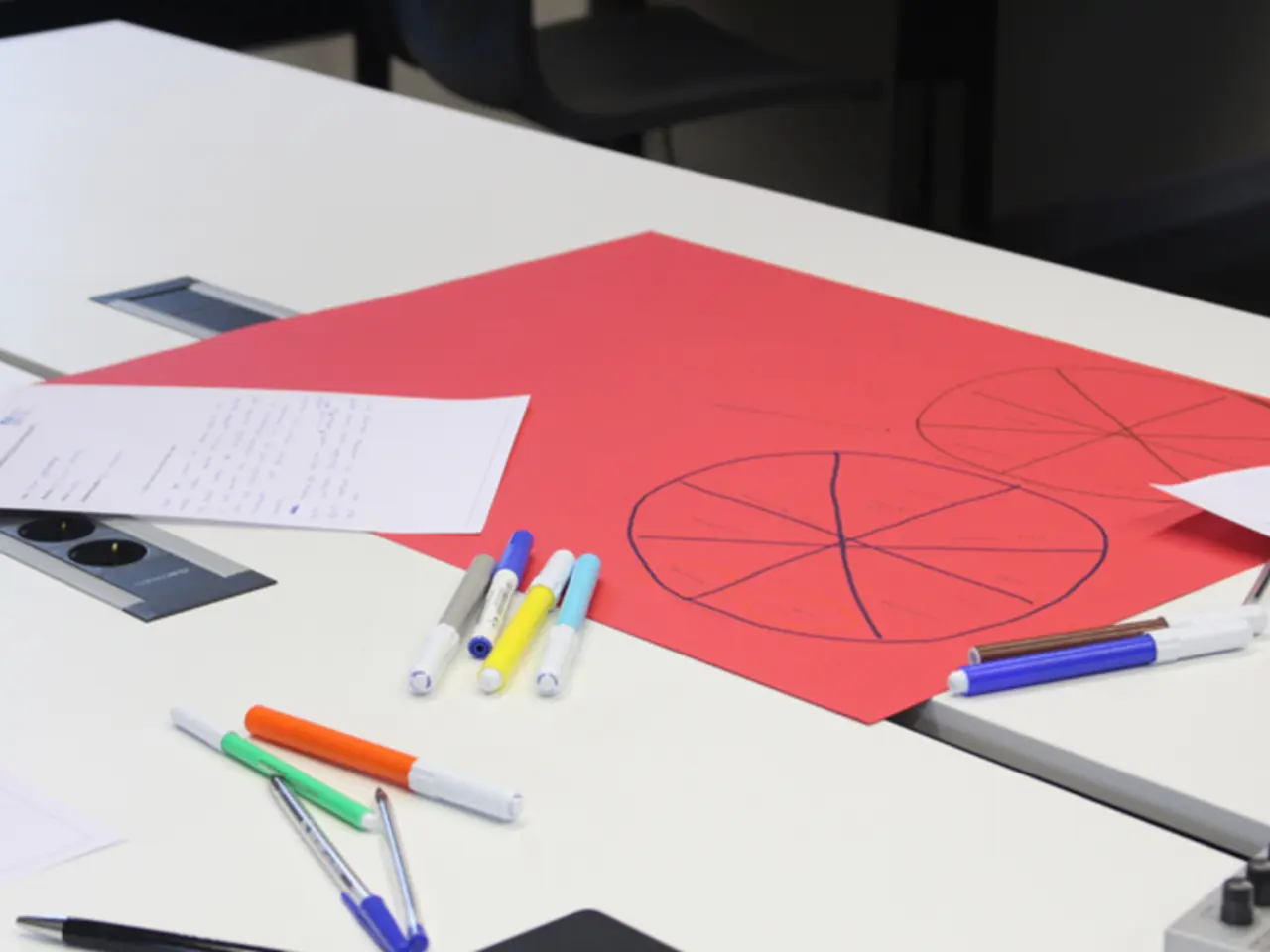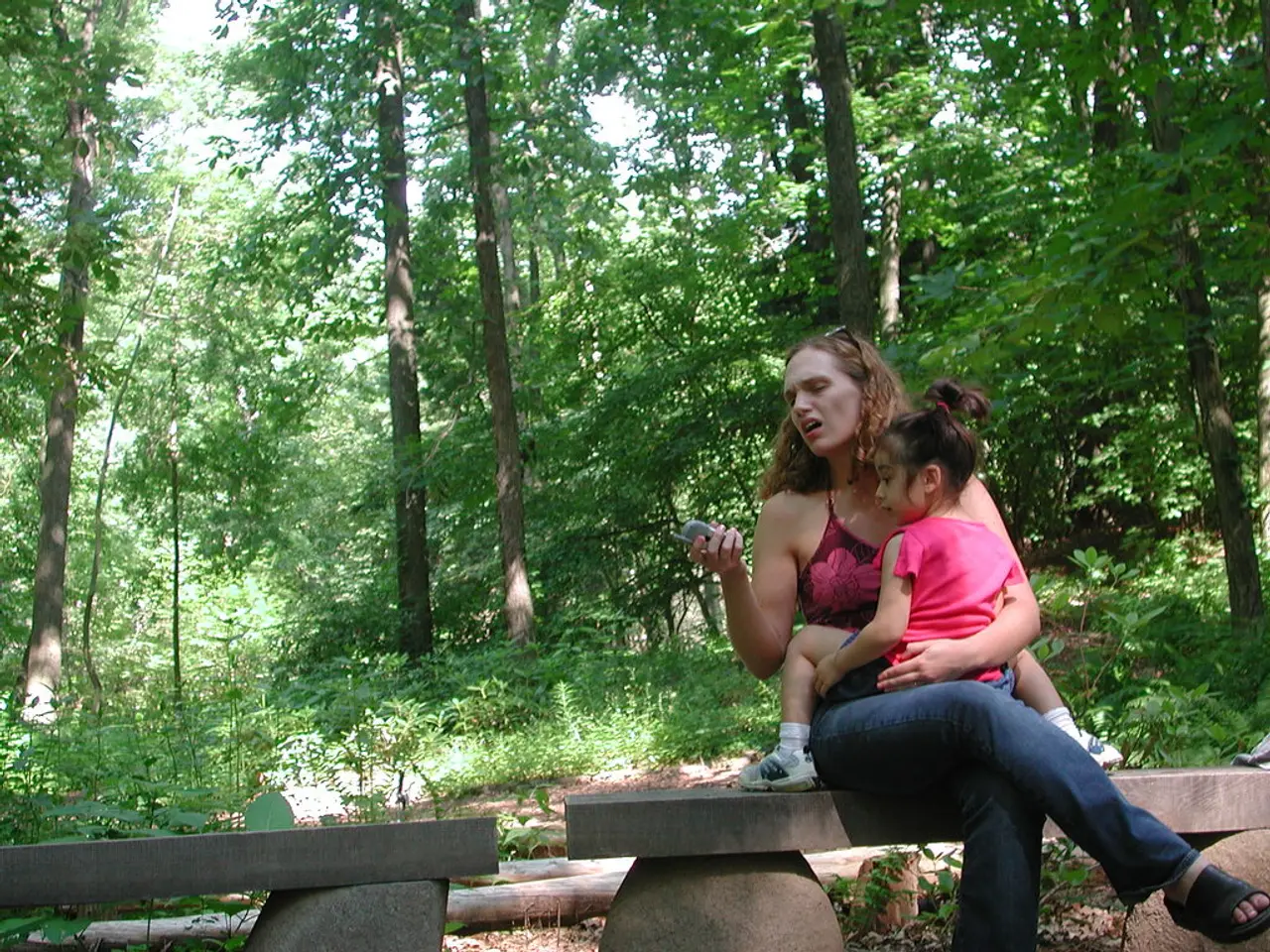Strategies for Decision Making in Non-Neurotypical Brains
In the realm of decision-making, finding the right strategies can make all the difference. For neurodivergent individuals, who may have unique cognitive styles, the process of making choices can sometimes feel overwhelming. However, a variety of practical tools and approaches are available to help navigate these challenges with clarity and confidence.
One such tool is the Future-self entries, where one writes as if they have already lived a decision a year later. This technique can help individuals notice if their gut is nudging them towards or away from something. Another strategy that provides surprising clarity is writing a pros and cons list.
When it comes to tools designed specifically for neurodivergent brains, visual profiles and assessment frameworks like ESSENCE-D stand out. These generate visual summaries of an individual's strengths and needs, guiding decision-making in a holistic, neurodiversity-aligned way. Visual and spatial aids, such as mind maps, decision-making flowcharts, color-coded flashcards, and treatment planning trees, cater to neurodivergent cognition by externalizing complex decisions into manageable visual forms.
Other supportive tools emphasize tactile and kinesthetic elements. Whiteboards, textured flashcards, or movement-based quizzes engage motor skills to aid comprehension and decision processing. In team or collaborative contexts, visual thinking tools—sticky notes, whiteboards, assumption maps, and bias radars—help externalize thoughts and identify cognitive biases, improving group decision-making, a method highlighted as beneficial for neurodivergent thinkers.
Practical strategies for enhancing executive functioning support neurodivergent decision-making by establishing structured routines, visual schedules, and clear checklists. These tools help create predictable environments that reduce anxiety and facilitate more confident choices.
Journaling is another underrated tool for decision-making, especially for those who overthink or feel stuck in their heads. Prompt-based journaling involves asking specific questions to clarify what you really want, while open-ended venting allows you to let all the swirling thoughts out of your head, which can help you see where it leads you.
Remember, finding what clicks for your brain may take a little trial and error, but once you do, decision-making doesn't have to feel so heavy. Start small and experiment with the tools mentioned, and notice which ones feel natural. With the right tools and strategies, decision-making can become a more enjoyable and less overwhelming process.
References:
[1] ESSENCE-D Digital Profiles: https://www.essenced-project.eu/
[2] Visual and Spatial Aids: https://www.understood.org/en/learning-and-thinking-differences/thinking-skills/executive-functioning-skills/visual-spatial-skills
[3] Bias Radar & Assumption Maps: https://www.biases.ai/
[4] Executive Function Supports: https://www.understood.org/en/learning-and-thinking-differences/thinking-skills/executive-functioning-skills/strategies-for-executive-functioning
- Neurodivergent women can find significant support in planning their decision-making processes through the use of tools like Future-self entries and pros and cons lists, as well as visual strategies such as mind maps and decision-making flowcharts.
- For a more tailored approach to decision-making, neurodivergent individuals might find ESSENCE-D Digital Profiles helpful, giving a visual representation of one's strengths and needs that aligns with neurodiversity.
- Visual thinking tools, such as sticky notes, whiteboards, bias radars, and assumption maps, can contribute to more effective group decision-making for neurodivergent thinkers by facilitating the externalization of thoughts and the identification of cognitive biases.
- Boosting executive functioning, by integrating structured routines, visual schedules, and clear checklists, can lead to improved decision-making for neurodivergent people, making environments more manageable and reducing anxious feelings.
- Journaling, especially prompt-based journaling or open-ended venting, provides an underrated yet powerful means for neurodivergent individuals to clarify their thoughts, make decisions, and navigate the mental-health, health-and-wellness, and science aspects of their lives effectively.




